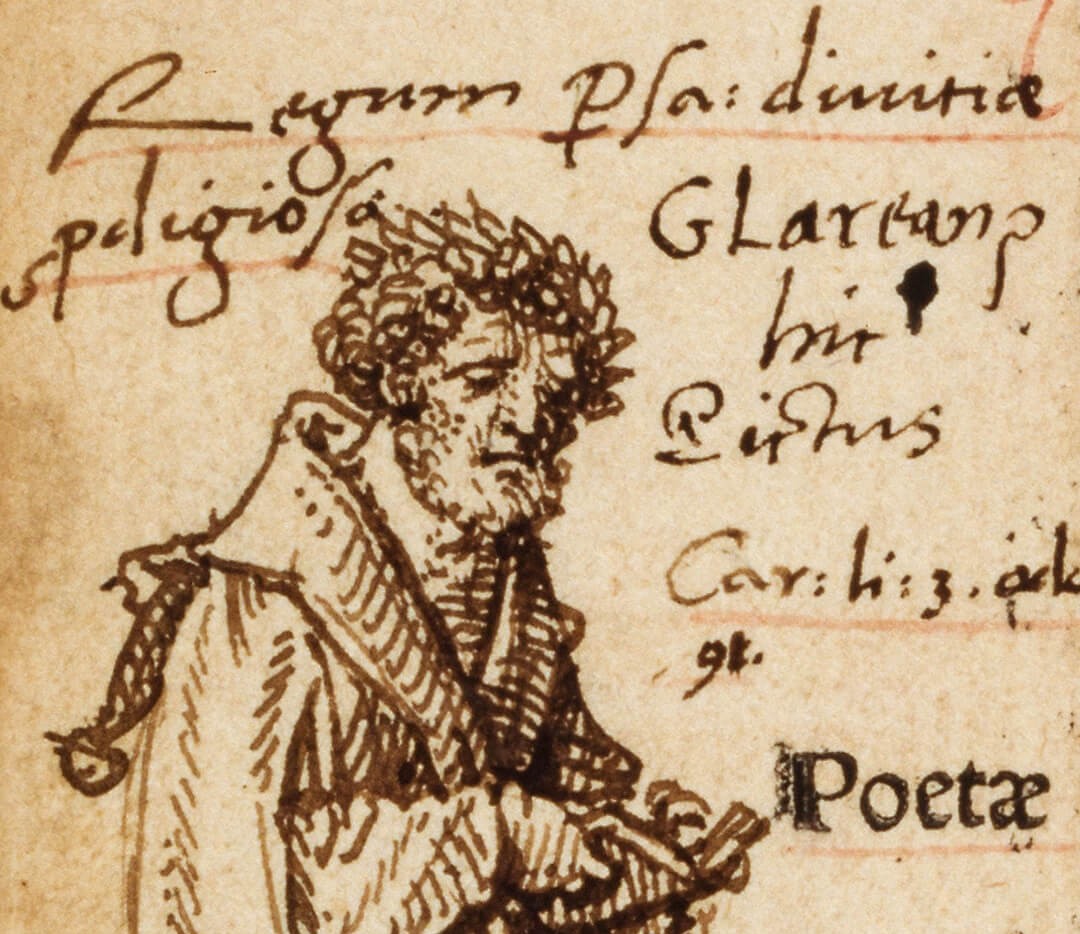Transcribing the First Chapter Or The Great Pretender
While I am still not sure about the exact configuration of the chapters I want to feature in the project, I have known for a while that I would definitely include the famous last chapter, Concerning the Skill of the Symphonetae. For one, it is easily the most interesting to most readers: Featuring portraits of some of the most well known composers of the late 15th and early 16th century, it presents a wide range of fascinating sample compositions, as well as Glareans commentary on them. Apart from the content, it offers a wide range of names, pieces and even places that can be tagged, and the music, which is sometimes offered in two variants, one as a riddle and one with the riddle resolved, will pose some interesting challenges in terms of encoding this. So for now I decided to postpone the question of what other chapters I would want to feature and get a headstart into preparing the text for this chapter. After all, it is one of the longest of the entire book and I will have plenty to do with that alone and I figured it would be best to dive into work to get a feeling of what might lie ahead and use that experience to plan my further steps.
I took the Latin text from the Thesaurus Musicarum Latinarum as my basis. Even though I have yet to decide on an authoritative print to base my apparatus of variants and errata on, adapting and correcting this preexisting text will be way easier than writing from scratch – thankfully, the TML ressources are published under the Creative Commons 4.0 License, which allows me to adapt the work to my liking, which I started doing by giving the handful of Greek terms in Greek letters, rather than transkribed, as in the TML. I will yet have to experiment with modes of transcription, see what forms of abbreviations I want to resolve, etc. Ideally, I would like to offer one very faithful version and one that uses standardised “modern” Latin and let the reader switch, but I will have to see how practical that is. Before I do that, I will, however, first transcribe the musical examples in order to have a full set of data for one chapter to try things out with.
While getting the Latin text was thus really straightforward, thanks to the great work of the TML, producing a translation was – less easy. Now, I have Miller’s English translation, but I cannot publish that one because it would potentially violate copyright, and I don’t want to come near that hornet’s nest. So I decided that the next best thing to do would be to produce a German translation myself, that could serve as a stand in for a proper scholarly translation. Even if it could not hold up to scrutiny, it would be enough for me to demonstrate what I’d want a digital source–translation combo to look like. Well, was I in for a ride! Stung by misguided pride, I tried to translate the text from Latin using Miller as a crutch. It was indeed painful because, let me confess something, I really hardly understand Latin at all. I never learned it in school and only know what I picked up here and there. So I puckered along from sentence to sentence, until I finally got it done. Now the next stop will be to convert that text into TEI conforming markup. But only after finishing the transcription of the music, which I hope to do over the course of the next week.
The question remains how many and which other chapters I’d want to tackle. Concerning the Skill of Symphonetae is pretty big and it would be unfortunate if I had already bitten off more than I could swallow. However, I would really like to present some aspects that are absent from this chapter, like monodic song and some of the more graphic elements that feature more in book one. As of now, I would like to get two more chapters off the ground, one from each book that highlight these features, but we’ll have to see how things are going once I am done transcribing the music for the present chapter.
